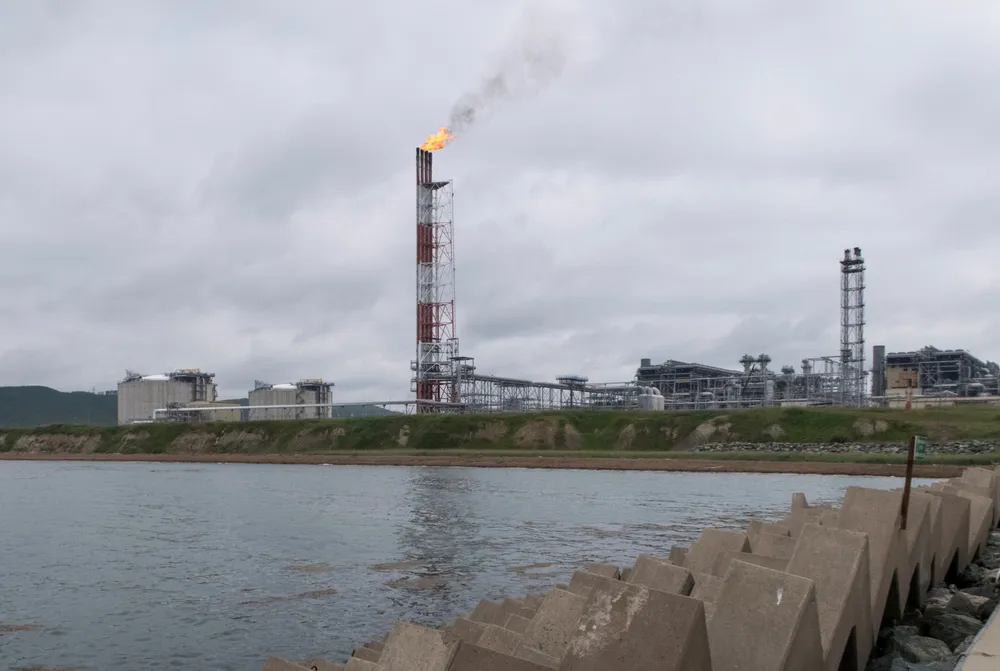Russia: Sakhalin shows off green ambitions as gas business continues to grow
Remote gas-rich island rolls out plans to become carbon neutral years before traditional deadlines elsewhere in the world

Remote gas-rich island rolls out plans to become carbon neutral years before traditional deadlines elsewhere in the world
